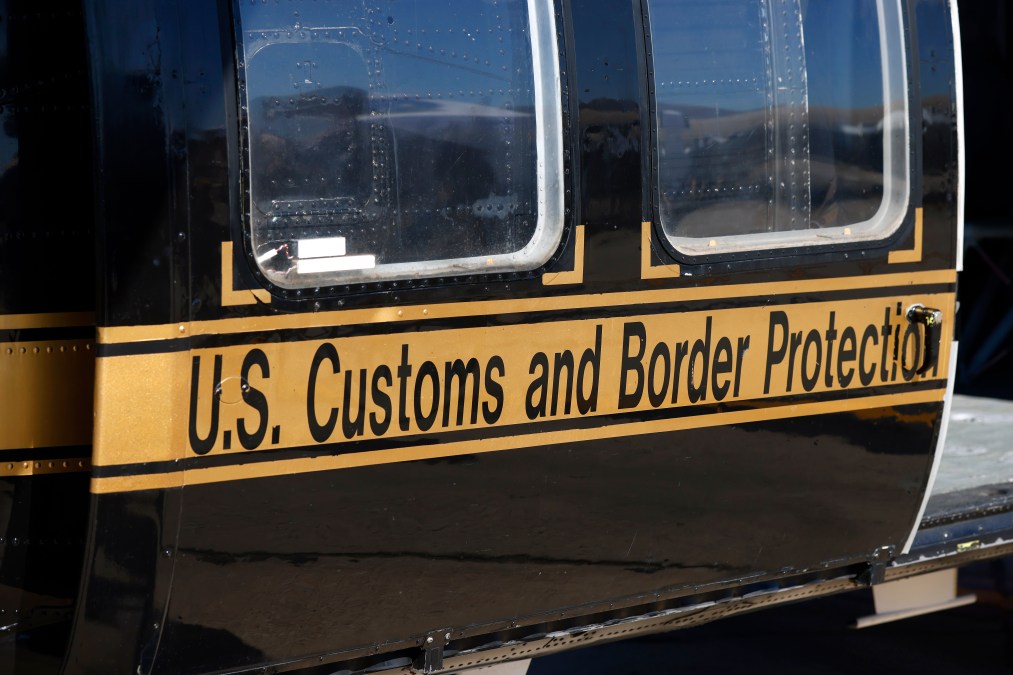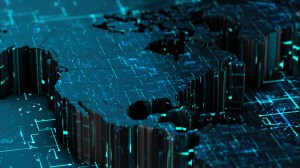For Customs and Border Protection, AI has been a ‘game-changer’

The way that longtime Customs and Border Protection tech leader Mark James describes the agency’s artificial intelligence work is almost too perfect for a department charged with patrolling 6,000 miles of international land and another 2,000 miles of coastal waters.
“We’re sprawling in the entire AI space,” said James, CBP’s director of infrastructure and support services. “Actually, we can’t keep up with the use cases that we’re seeing.”
Speaking Wednesday at the Scoop News Group-produced Google Public Sector Summit in Washington, D.C., James and two other CBP officials dug into those use cases and detailed how the Department of Homeland Security component has leaned into the emerging technology.
From the perspective of Jay Alalasundaram, CBP’s deputy assistant commissioner and chief software officer, the agency’s embrace of AI and large-scale technology transformation “started in earnest” five or six years ago. Machine learning, for example, is nothing new for the agency — but generative AI tools are a different story.
Alalasundaram pointed specifically to Google’s Vertex AI system, which allows CBP staffers to “search across disparate data sources” and integrate that data into one entity. “It’s an absolute game-changer,” he said.
For border patrol agents serving in especially remote locations, getting that data to them quickly has “always been somewhat of a challenge,” according to James. But the agency is seeing a difference in moving from cloud AI, which processes data on external servers and depends in part on a reliable internet connection, to edge AI, which processes data on devices and performs better in isolated areas.
James said CBP has invested in network redundancy, which provides several paths for data to travel, in addition to “exploring smaller language models to support … that edge computation and to … get that mission out to the edge.”
CBP is currently using three natural language processing models, per its AI use case inventory: one that automates data processing, finds common threads among disparate records and quickly determines whether different sources represent a single entity; another that leverages third-party global trade data to enhance investigations into entities of interest; and another that creates an integrated digital environment to help analysts better use “the entire suite of agency and open-source data systems.”
James noted that border agents are also using Google Translate — which earlier this year used AI to add 110 new languages to its library — for “interactions with individuals coming in and out of the country, either voice-to-text or text-to-voice, and also video-to-text.”
AI-enabled video tools are also used at ports of entry and on the Southwest border, James said, detecting illicit materials and assessing threats. CBP’s use case inventory mentions an intelligent computer-assisted detection (ICAD) system that processes photographs and video taken by field imaging equipment and provides officers with intelligence on whether humans were captured in those images. Two other video-related AI use cases leverage machine vision to detect vehicles and monitor real-time streaming video.
Improving communications is essentially the tie that binds all of CBP’s use cases. Baibhav Devkota, the agency’s executive director for border enforcement and management systems, said edge AI tools will be “primarily focused on things [like] communication,” and there have been internal conversations about how the technology can be used to support policy.
“I think we’ll have the opportunity for AI in that space to do things like summarize, do things like provide alternative interpretations of directions, things of this nature to assist in that space,” he said.
Making the lives of CBP staffers on the ground easier with AI tools remains a top priority for the agency’s tech leaders. Whether it’s an AI system that scans thousands of pages of documents and delivers actionable insights to law enforcement officers or an app that uses “liveness detection” to verify proof of life, CBP has no plans to stop leveraging the technology.
“AI is being utilized to augment the officers’ day-to-day activities,” James said. “So how are we making use of the cases for the officers better?”






